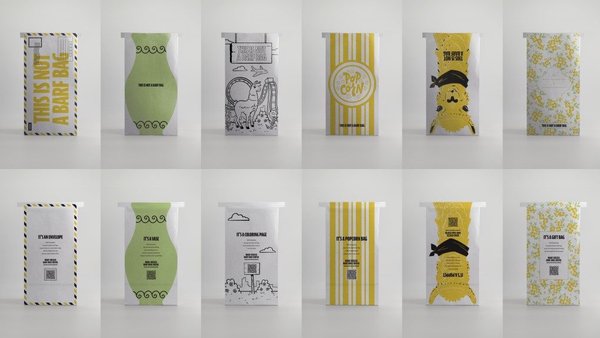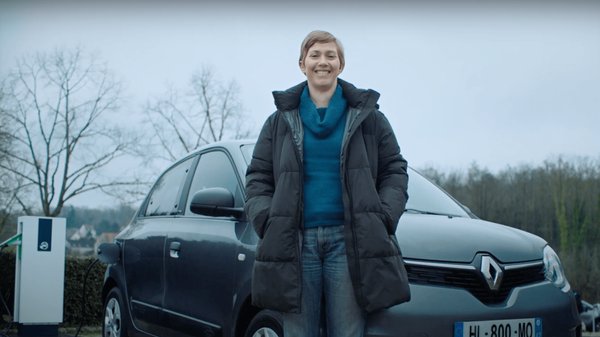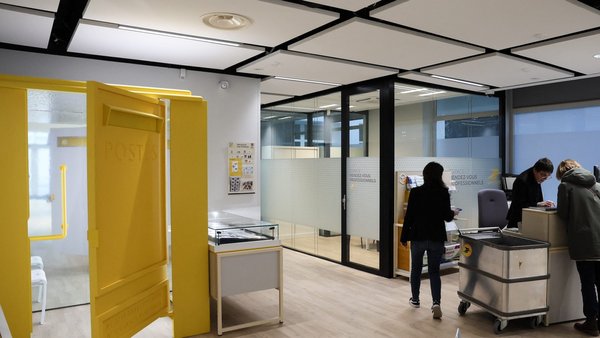Campaign of the Week
Adidas and Allbirds combine to create sustainable sneaker /
Rival sportswear brands share industry secrets to create trainers with a low carbon footprint
Contagious I/O
/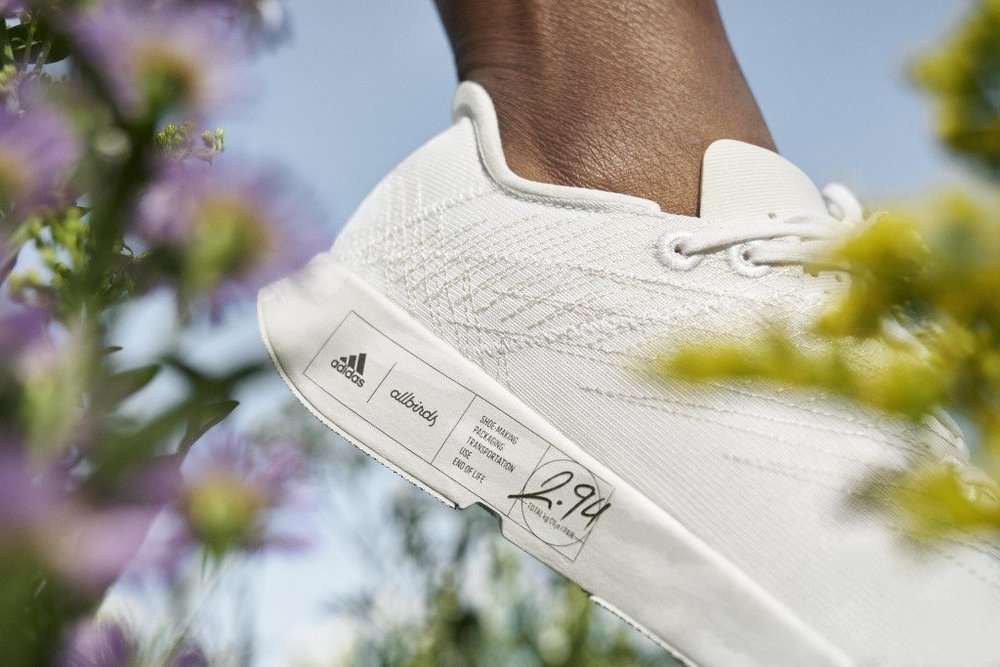
Adidas and Allbirds partnered to create a running shoe with a carbon emission footprint of 2.94kg – the lowest level ever achieved by either brand.
Adidas’s innovation incubator Futurecraft worked with Allbirds to reconsider the materials, manufacturing techniques and product packaging in order to reach the lowest footprint possible. The brands shared proprietary information and collaborated digitally from development to delivery to create Futurecraft.Footprint in just a year.
The ambition of the project is for sportswear to be made with a zero carbon footprint. Although not at zero yet, both brands herald the sub 3kg achievement as a massive step in the right direction, especially considering that the average carbon footprint for a pair of high-performance running shoes is between 10kg to 15kg CO2e (carbon dioxide equivalent).
The running shoes were tested to the same performance standards as Adidas’s other athletic shoes – passing a rigorous approval process to demonstrate that being sustainable doesn’t mean compromising on performance.
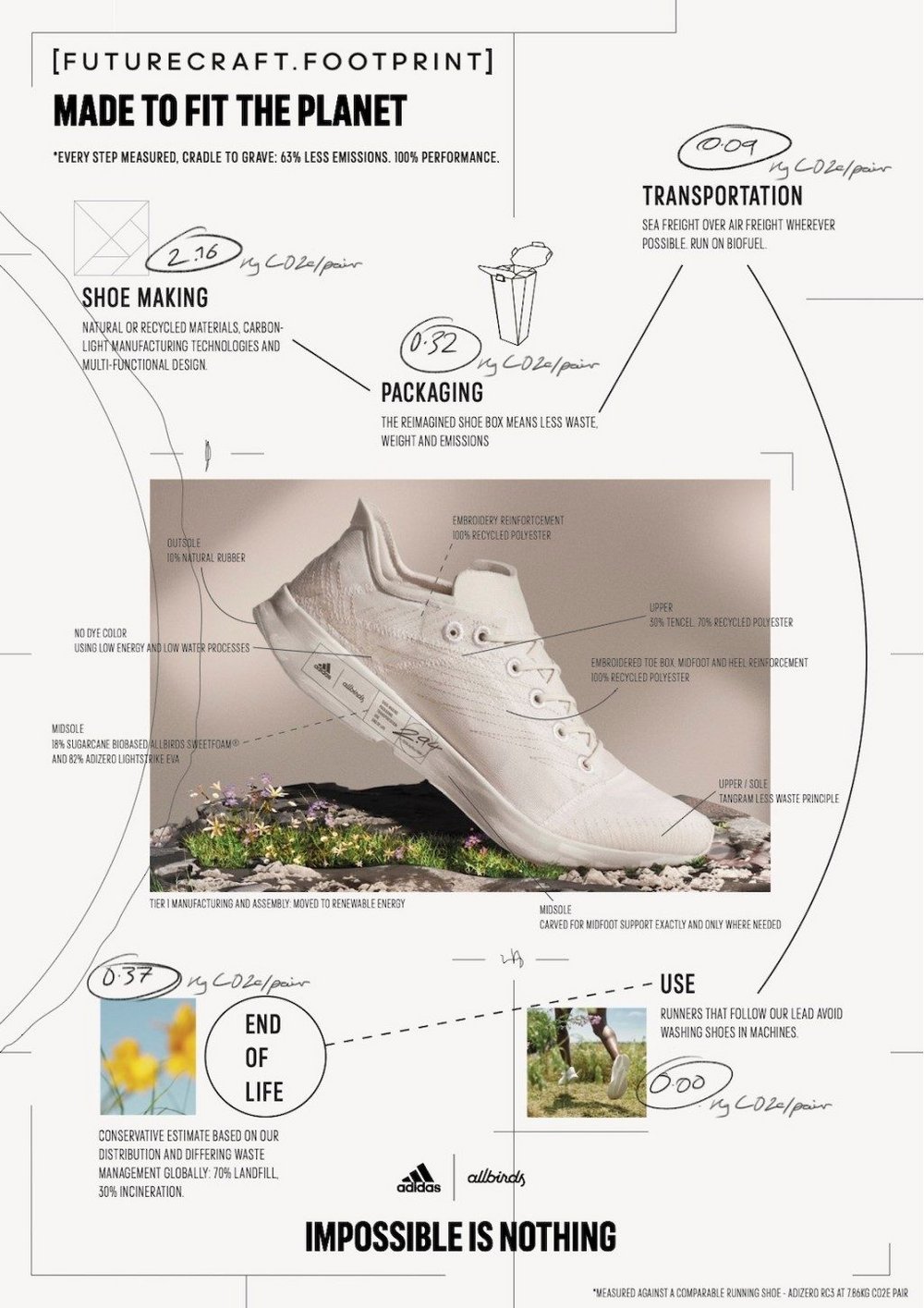
The upper material of the shoes is made with 70% recycled polyester and 30% natural Tencel, which is derived from wood pulp. The sole was inspired by the Adidas Lightstrike midsole but made with a sugarcane-based material that Allbirds calls SweetFoam. Futurecraft.Footprint will only be available in white because dyeing requires unnecessary energy, while the lightweight nature of the shoes makes them less carbon-intensive to transport.
The Futurecraft.Footprint trainers were announced in a livestream on 12 May with project designers from both brands sharing how they made the shoe possible. The highlights of which have been made into a five-part content series called Made to Fit the Planet that cover areas of the process such as collaboration over competition, the art of reduction and low carbon, high-performance.
100 pairs of the prototype will be raffled off later this month through Adidas’s membership programme, Creators Club. Then, in the Autumn/Winter season 10,000 more pairs will be made available, before the wider release in Spring / Summer 2022. The shoes have also been distributed to Olympic athletes ahead of the 2022 Games in Tokyo.
Contagious Insight /
Enormous feat / According to the 2018 Measuring Fashion report by environmental consultancy Quantis, 1.36% of global greenhouse gas emissions are caused by the footwear industry. This is because it typically requires fossil fuels, petrochemical foams and thermoplastics to manufacture shoes. Specifically when it comes to running shoes, a 2013 study by MIT’s Materials Systems Laboratory discovered that manufacturing one pair of high-performance trainers typically releases 13.6kg of carbon dioxide into the atmosphere. So Adidas and Allbirds’ low carbon trainers are an enormous achievement and as such they’re more likely to get noticed than yet another ‘slightly better for the planet’ product launch.
Crucially, people care that the products they buy are sustainable. According to a 2020 study by Getty Images, consumers that were passionate about sustainability were likely to pay 10-15% more for products they deemed used sustainable practices and aligned with their values.
Power of partnerships / The PR value of two competing brands sharing manufacturing secrets for the good of the planet explains why this project stands out as a marketing accomplishment not just a manufacturing one. Allbirds and Adidas’s collaboration is a public demonstration that the companies are putting the environment first. As Allbirds co-founder and co-CEO Tim Brown said in the press release: ‘We believe that the challenge of solving climate change is the problem of our generation and solving it will not be done alone. We need to find new business models, new innovations and new ways of working together. Our partnership with Adidas is an example of that.’
By pooling their expertise these brands were more likely to create a ground-breaking product and each brought something unique to the table. Adidas provided its performance footwear technology, manufacturing capabilities and marketing weight, while Allbirds contributed its knowledge of carbon calculation and experience with natural materials.
Sustainability credentials / This project further reinforces the sustainability credentials of both sportswear manufacturers, while equipping them with new sustainable techniques to continue striving towards their ambitious green targets.
Since being founded in 1948, Adidas has grown into the world’s second biggest sportswear brand – with sales of €19.8bn ($23.92bn) in 2020. Over those 70 years of contributing towards the climate crisis, the company claims to have spent the last 20 years committed to working towards sustainability. According to Adidas’ targets, the brand will reduce its carbon footprint levels 15% by 2025, 30% by 2030 and then reach climate neutrality by 2050. The framework for helping to achieve this is Adidas’s Three Loop Strategy, a commitment to end plastic waste through innovation and partnerships. Contagious has reported how projects like the 2019 Futurecraft.Loop (a performance trainer made from 100% recyclable material that can be completely remade into new products at the end of its life-cycle) demonstrates the brand’s commitment to achieving this goal. But, the Futurecraft.Footprint goes further by incorporating each aspect of the brand’s Three Loop Strategy: recyclable materials, circular design and natural products.
Unlike Adidas, Allbirds has sustainability built into its brand. It’s a certified B corp that was set up with the goal of revolutionising shoe manufacturing by using natural materials. But the company is continuously taking steps to prove that being environmentally conscious is at the heart of its business. Recently, the brand launched a carbon footprint calculator (which it used to help make Futurecraft.Footprint) and is now labeling its products with the carbon footprint used to manufacture its products. Staying true to its belief that climate change action relies on collaboration, Allbirds made this calculator open-source for the whole fashion industry.
For more on how Allbirds and other brands are helping brands make greener choices today check out our trend on Cancelling Carbon here.
Want more of the same? /
We don’t just write about best-in-class campaigns, interviews and trends. Our Members also receive access to briefings, online training, webinars, live events and much more.
